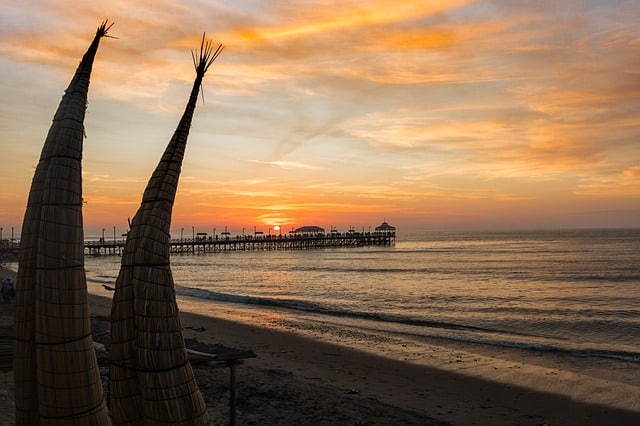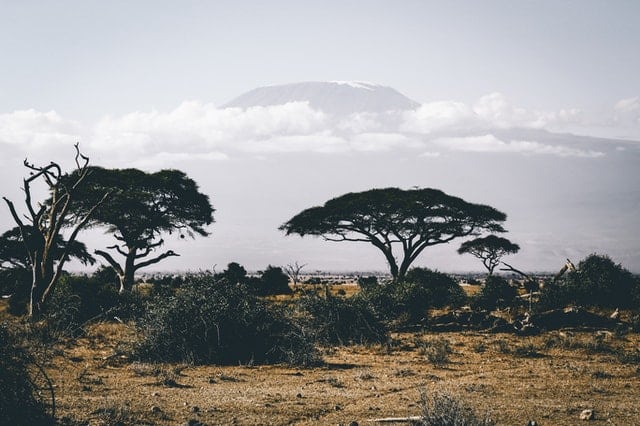
The tropical sea in Peru is a clear example of a marine ecoregion
An ecoregion is a geographical area that has certain specific characteristics regarding fauna , flora , climate , hydrology and geology . Also known as an ecological region , it is differentiated from its surrounding areas by these distinctive properties.
A geographical unit
Ecoregions host natural communities that have similar ecological dynamics and environmental conditions and are made up of almost the same species . According to the World Conservation Forum classification, there are more than eight hundred terrestrial ecoregions , in addition to numerous freshwater ecoregions and marine ecoregions .
It can be said that an ecoregion is a geographic unit with wildlife and ecosystems that define it. These entities have nothing to do with the administrative or political divisions established by human beings in the territory.
The delimitation of ecoregions responds to the fact that biodiversity is not distributed uniformly over the Earth 's surface. There are factors that determine patterns, which are reflected in ecoregions.
It is not a biome
It is important not to confuse ecoregions with biomes . A biome is an ecological community characterized by having a dominant type of vegetation, a particularity that is a consequence of the type of soil and climatic conditions. An ecoregion, on the other hand, arises from the combination of a specific ecology, flora and fauna.
All the world's ecoregions, for example, are distributed among a long list of biomes, which are the following: rainforest; five types of forests (dry, subtropical coniferous, temperate broadleaved, Mediterranean and temperate coniferous); taiga; savanna and flooded savanna; prairie and mountain meadow; tundra; desert; mangrove swamp.
On the other hand, we can affirm that each type of ecoregion in particular extends across different biomes. Freshwater ones, for example, do so in the following biomes: large lakes; polar waters; large deltas; mountain rivers; floodplains; wetlands ( temperate , tropical and subtropical); plateaus (temperate, tropical and subtropical); basins; oceanic islands; temperate coasts.
Marine ecoregions cover a considerably smaller number of biomes, as we can see below: seas (temperate and polar); tropical and temperate currents; coral reefs; continental shelves.
Ecoregions in the world
Let's take the case of the Argentine Republic . This South American nation has eighteen ecoregions, several of them semi-exclusive or exclusive. The puna , the Patagonian forests , the Iberá estuaries and the delta and islands of the Paraná are some of them.
Speaking more specifically, we can say that the palm savannah is a well-known terrestrial ecoregion that is located in part of Peru and Bolivia and has important endemic biodiversity. There we can find a large number of species of plants and animals. Its climate varies greatly, and its average annual temperature is between 20 and 27 degrees Celsius. Regarding their soils, they are not rich in organic matter and can be affected by floods or drought, a duality that can be seen in the predominant type of flora, which can adapt to both extremes.

Any savannah, like this one, is a biome, but not necessarily an ecoregion
A freshwater ecoregion worth highlighting is the Paraná Delta , which is located in the Buenos Aires municipality of San Fernando, in Argentina. Given that it has a considerable biodiversity of plants and animals and has very peculiar natural characteristics, this ecoregion is considered a biosphere reserve . Its climate is temperate and its terrain was formed by sediments that were carried by several tributaries, among which are the Bermejo River.
Finally we can mention the tropical sea in Peru , a marine ecoregion with warm waters and a temperature that ranges between 19 and 23 degrees Celsius. Precipitation is common and its vegetation, in which the mangrove stands out, is very abundant. Some of its outstanding animals are the tumbes crocodile, the bonito shark, turtles, crabs and lobsters.
